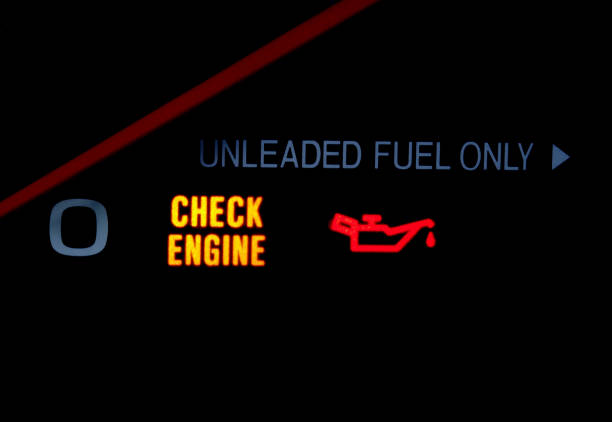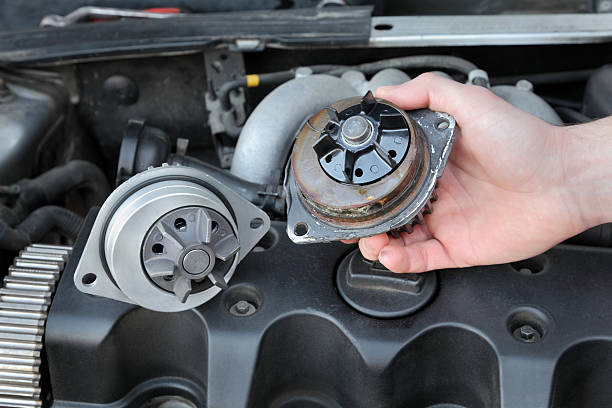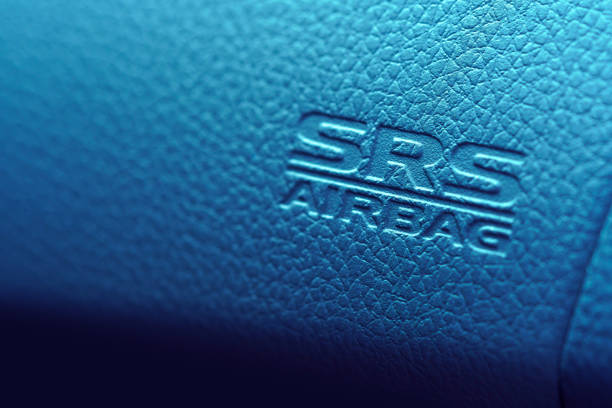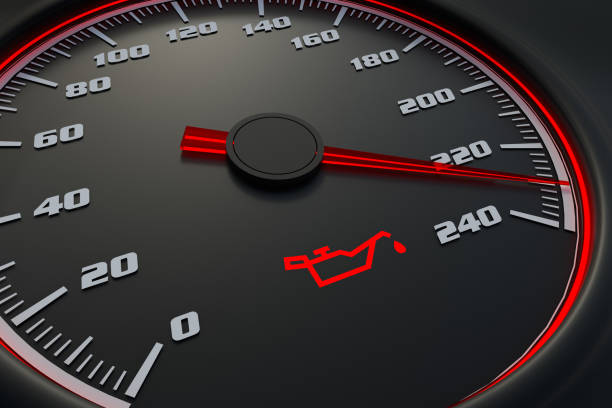
Among the array of lights and indicators on your car’s dashboard, the one associated with low engine oil pressure is not to be ignored. This warning sign could signify a serious issue that, if unaddressed, could lead to significant damage and costly repairs. In this article, we will explore the causes, symptoms, and solutions to low engine oil pressure.
The Importance of Oil Pressure in Your Engine
Before we delve into the issue of low oil pressure, let’s take a moment to understand why proper oil pressure is essential.
The Role of Oil Pressure
Oil pressure is the force exerted by the engine’s oil as it circulates through the engine components, providing lubrication and cooling. It is critical for maintaining the health and longevity of the engine.
What Happens When Oil Pressure is Low?
When oil pressure is low, the oil pump isn’t delivering sufficient oil to the engine parts, resulting in increased friction and heat. Over time, this can lead to engine wear, overheating, and eventual failure.
Symptoms of Low Engine Oil Pressure
Recognizing the warning signs of low engine oil pressure is the first step in addressing the issue.
Warning Light or Gauge Reading
The most immediate and apparent sign of low oil pressure is the oil pressure warning light on your dashboard or a low reading on the oil pressure gauge.
Engine Noise
Low oil pressure may lead to increased engine noise, such as ticking or knocking sounds, due to insufficient lubrication.
Overheated Engine
An overheated engine can also be a sign of low oil pressure. The oil’s role in cooling engine components becomes compromised when pressure is low.
Causes of Low Engine Oil Pressure
There are several potential causes for low engine oil pressure, ranging from relatively minor to more serious.
Low Oil Level
The simplest cause of low oil pressure is low oil level. Regularly check and replenish your oil to avoid this issue.
Worn Oil Pump
Over time, the oil pump, responsible for maintaining oil pressure, can wear out, resulting in reduced pressure.
Clogged Oil Passages
Oil passages can become clogged with sludge and debris over time, impeding the flow of oil and reducing pressure.
Oil Viscosity
Using oil with the wrong viscosity can affect oil pressure. Always use the oil type recommended by your vehicle manufacturer.
Engine Wear
Over time, engine parts can wear out, leading to gaps that allow oil to escape, reducing pressure.
How to Address Low Engine Oil Pressure
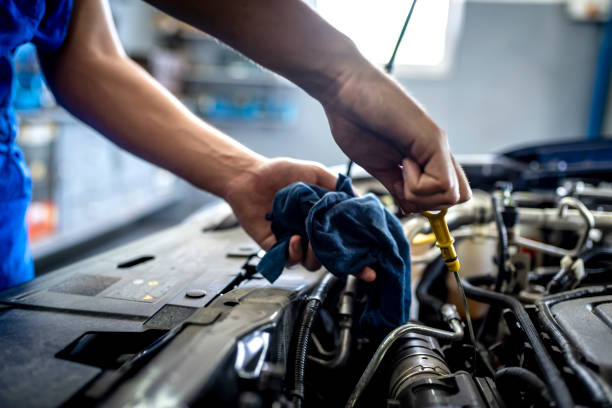
If you notice signs of low engine oil pressure, take action immediately.
Check Oil Levels
If your oil pressure warning light comes on, the first step is to check your oil level and refill it as necessary. If the oil level is low, adding more may solve the issue.
Change the Oil
If your oil is dirty or has the wrong viscosity, it can lead to low oil pressure. Regular oil changes can help maintain proper oil pressure.
Inspect and Replace the Oil Pump
If the oil pump is worn or faulty, it may need to be replaced to restore oil pressure.
Flush the Engine
If sludge and debris are clogging the oil passages, an engine flush might be needed to clean out the system and restore oil pressure.
Repair or Replace Worn Engine Parts
If engine wear is the cause, parts may need to be repaired or replaced. This solution is typically the most involved and costly.
Conclusion
Maintaining proper oil pressure is vital to your engine’s health and longevity. Regular maintenance, including oil changes and engine checks, can help prevent low oil pressure. But, if your oil pressure warning light comes on or you notice signs of low oil pressure, don’t ignore them. Addressing these signs promptly can prevent more serious engine damage and help keep your vehicle running smoothly.






